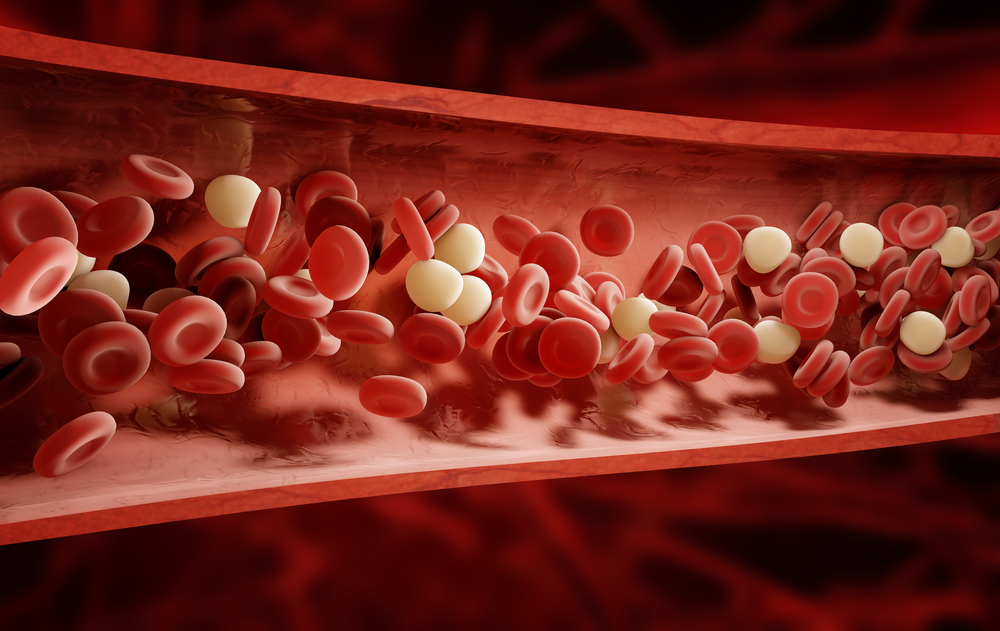2 Sugar Molecules Bound to IgG Antibody May Serve as Ankylosing Spondylitis Biomarkers, Study Suggests
Written by |

Blood levels of a specific form of immunoglobulin G (IgG) antibodies may help diagnose ankylosing spondylitis (AS) with high specificity, a small study reports.
The study, “Serum IgG N-glycans act as novel serum biomarkers of ankylosing spondylitis“ was published in the journal Annals of Rheumatic Diseases.
AS is a chronic inflammatory disease characterized by back pain, a symptom common to other diseases and the reason why diagnoses are typically delayed by six to eight years.
Currently, an AS diagnosis relies on the presence of human leukocyte antigen B27 (HLA-B27), a protein found on the surface of white blood cells known to contribute to immune system dysfunction and that is present in more than 90% of AS patients.
However, HLA-B27 is also present in other immune-mediated diseases, including different types of arthritis. Moreover, the risk of HLA-B27-positive individuals developing AS is only 2-10%. This highlights the need for new, more specific blood markers to aid the diagnosis of AS.
The activity of IgG — a type of antibody — is modified by the addition of sugars, N-glycans, in a process called glycosylation. This process is essential for proteins and antibodies to properly function within the human body.
Changes in IgG glycosylation have been detected in autoimmune and inflammatory conditions, such as rheumatoid arthritis; however, whether this is the case in AS is not known.
Researchers performed an analysis of glycosylated IgG antibodies present in the blood of 80 patients with AS followed at a Chinese hospital. They performed the same analysis in 80 age- and gender-matched healthy individuals used as controls.
Patients and controls were divided in two groups — one for identifying potential biomarkers and a second group that would validate initial findings.
By comparing blood samples from both AS and healthy controls (28 participants in each group), a total of 17 N-glycans were found as potential biomarkers of AS. When validating these findings in the second group of participants (52 AS; 52 controls), two of these 17 N-glycans showed a high predictive capacity for AS.
These two N-glycans were present at significantly different levels between AS and healthy controls. Moreover, when testing the biomarkers in patients with psoriatic arthritis, a form of arthritis affecting individuals with the skin disease psoriasis, there were no differences in the levels of these two biomarkers, supporting their potential specificity for AS.
“Given the crucial roles of N-glycans of IgG for immune homeostasis and inflammation, the identified biomarkers could serve as additional measures of disease phenotype, predict patients’ responsiveness to treatment and provide new insight into the pathogenesis for AS,” the researchers wrote.
“We anticipate that large-scale studies on the roles of N-glycans in AS could be profoundly conducted further,” they concluded.





